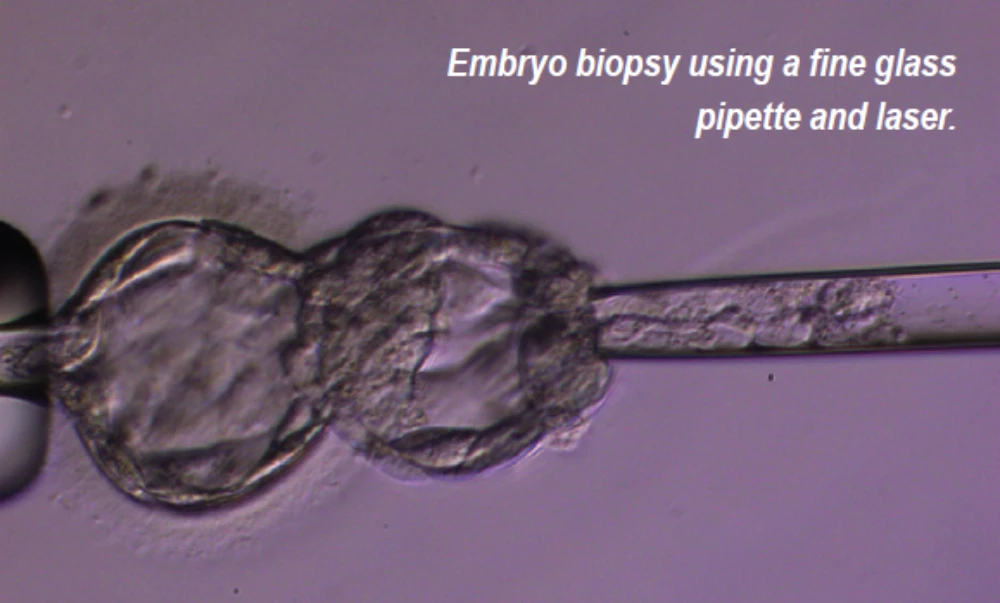About PGT-A
Benefits of PGT-A:
if you have a normal/euploid embryo, then it has the same chance of implantation regardless of your age
Lower miscarriage rate
More certainty for people about the likely outcome of treatment
Who can particularly benefit from PGT-A?
- women of advanced age with good ovarian reserve,
- people who have had recurrent miscarriages,
- people not pregnant despite the transfer of several embryos (PGT-A may uncover a higher than expected chromosome abnormality rate),
- patients who are willing to go through more than one egg collection cycle to obtain a normal embryo
How does PGT-A works:
- About 5-6 cells are biopsied from each blastocyst using a fine glass needle
- The blastocysts are frozen for later use
- The cells are analysed at Sunfert’s state-of-the-art PGT laboratory
- Euploid blastocysts are selected and transferred at a later date after thawing
Useful to know
Embryo selection with PGT-A can reduce the time to pregnancy by giving a better choice of which embryo to use first.


